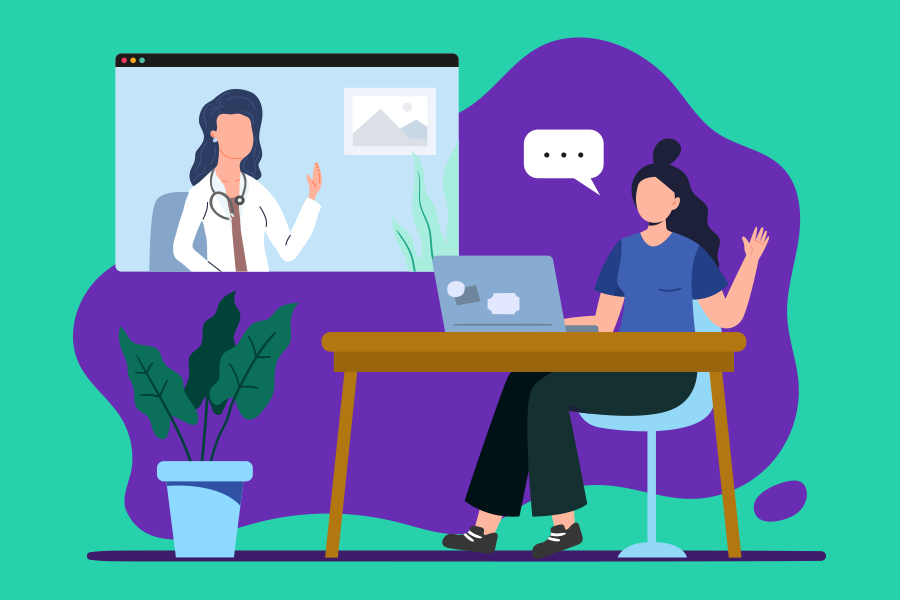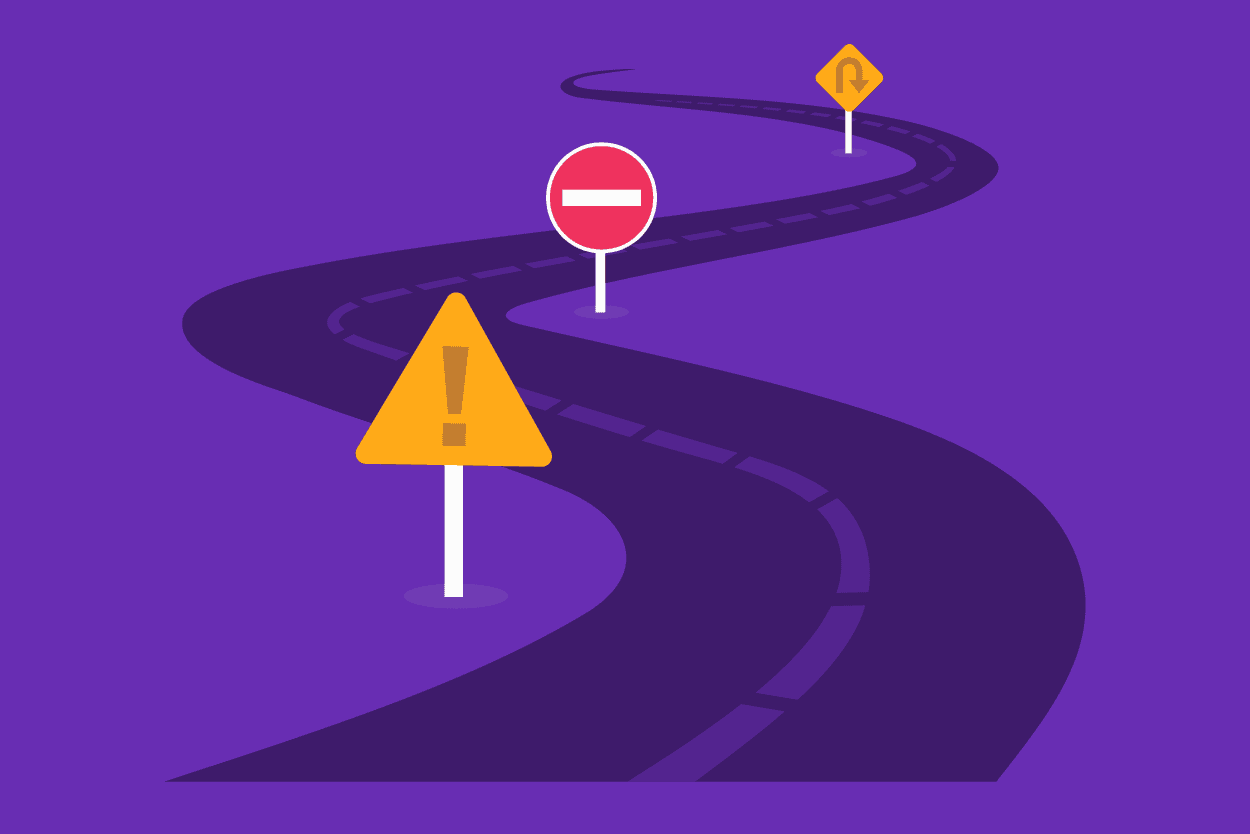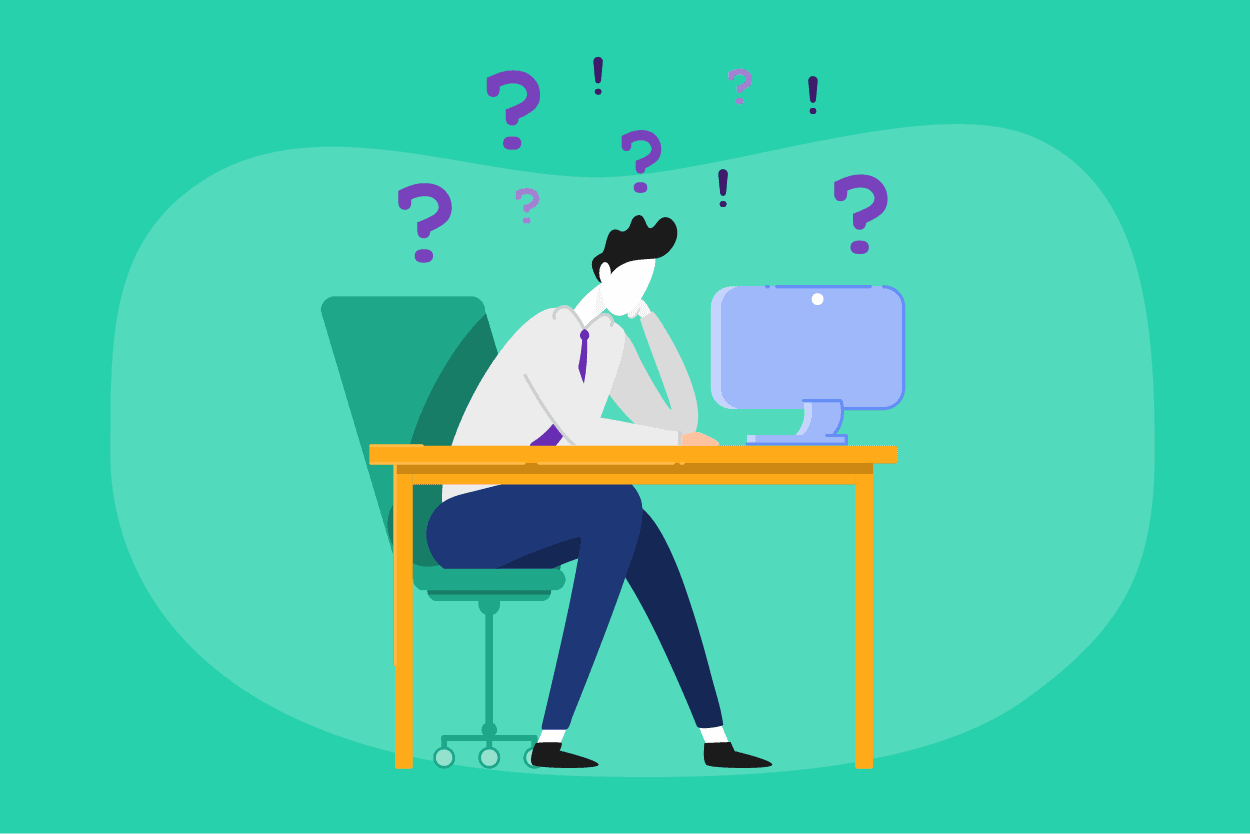How to Help Employees Manage Coronavirus Anxiety
“New normal.” It’s a refrain that’s now part of our collective vocabulary (much to our chagrin). It’s true haven’t seen anything like the COVID 19...
Connected Navigation Platform
Guiding to high-value care
Behavioral Health
Foster a mentally healthy workplace
EAP
Supporting holistic wellbeing
Virtual MSK Care
Reimagining musculoskeletal care
Virtual Primary Care
Powered by smart navigation
Surgery Centers of Excellence
Best-in-class surgical outcomes
Virtual Urgent Care
Immediate care, any hour of the day
Chronic Care
A new approach to chronic care
Integrations
Flexible to any strategy
4 min read
 Claire Wiseman Imber
:
July 15, 2020
Claire Wiseman Imber
:
July 15, 2020

These constantly-changing plans put employees in a precarious position: adding mounting fear, anxiety, stress, and worse to their existing workload.
New states may be backtracking on reopening every day, but employers are still planning for an (eventual) reopening. The toll is already clear; rising COVID-19 employment lawsuits show just how unsafe some employees feel in the pandemic-era workplace.
As we detailed in Part One of this series, employee mental health should be a top consideration in any return-to-work strategy. That might mean rolling out new Employee Assistance Program (EAP) benefits alongside new hand sanitizer stations. It could also be as simple as training managers to ask, “how are you holding up?” along with “what are you working on?”
Let’s discuss the strategies you can use to promote employee mental health when stepping back into the office.
At the risk of using 2020’s number one cliché, this year was tumultuous. Without precedent, there’s no clear roadmap for returning to work. Solutions can vary by workplace layout and industry. A mostly-remote tech startup might elect not to come back until 2021; a meatpacking worker might not have a choice.
As conditions change, so do employee fears.
Dr. Colleen Mullen, Psy.D., LMFT, founder of the Coaching Through Chaos private practice and podcast, said many employees are experiencing new or resurfacing trauma that makes the need for support even direr.
“The pandemic is far from over,” Mullen said. “The COVID-19 case numbers have spiked in states that have reopened quickly or early. Both employers and employees are returning to the workplace while they have elderly or at-risk family members they are trying to keep protected, in addition to those who are developing Post Traumatic Stress Disorder (PTSD),” Mullen explained.
Knowing that, employers should approach any return-to-work strategy with empathy, says Mike Veny, keynote speaker and author of Transforming Stigma: How to Become a Mental Wellness Superhero.
“We’re traumatized,” Veny said. “It’s really critical that we treat everyone as though they’ve been through a lot.”
A straightforward solution Veny offered: encourage management to check in on employee mental health. Train them to spot warning signs and to approach conversations respectfully. That sort of empathy boosts productivity, Veny said.
COVID-19 has disproportionately affected Black communities, and the recent unrest has highlighted racial injustice. Supporting Black employees’ mental health during this time is crucial.
Progress starts with asking your Black employees questions like “what do you see that I don’t?” and “what do you think we need to be doing that we aren’t doing?” Veny said. It may open a difficult but necessary conversation.
“It’s going to get ugly, and we need ugly to get to the root of some of this stuff,” Veny said.
Ultimately, every employee’s pandemic experience will be different, and some might make returning to work particularly fraught. Working with that individuality in mind can help employees feel valued and, ultimately, engender loyalty, Veny said.
“Those little things go a long way with mental health,” Veny said. “Sometimes, even more than an EAP.”
Most employers already offer EAP’s, and many provide support for behavioral health as well. Mental health benefits will likely play a strong supporting role in your 2021 benefits design. Traditionally, these benefits see low utilization. This year, we’ve seen employees use their benefits, especially virtual ones, like never before.
Telemedicine rates already skyrocketed during the shutdown. Mental health resources seem to have followed suit. In June 2020, HealthJoy provider searches for mental health services increased by 88% from their late-March lows. Employees are clearly looking for support, and you can help by making sure it’s easy to find.
Mental health benefits suffer from low awareness and utilization. Centralizing all your benefits, from mental health to telemedicine, in a benefits experience platform can break down barriers to utilization.
Combating stigma is essential too. Veny advised that many employees won’t even identify with the term “mental health.” If stigma is a barrier in your workplace, consider reframing it in terms of the more universal “stress” instead.
Veny said you can expect to stumble when creating a mental health paradigm shift. As with anti-racism efforts, making a statement of support makes a difference.
“It’s very simple,” Veny said. “Make a commitment to a mentally healthy environment. Just putting that out there, even if you’re faking it until you make it, will mean you’re making it better.”
While you work to promote mental health support during return to work, don’t neglect the health and wellness benefits employees also need. Employees struggling with mental and emotional health might need extra support for physical health. The opposite is true as well.
Mullen said employers are exploring how wellness benefits can support mental health during return to work.
“These programs can range from gym discounts, meal prep program discounts, discounts on fitness trackers, or many other on and off-site ways to bring more awareness and energy to the idea that taking physical care of themselves will bring better emotional wellness,” Mullen said.
As COVID-19 cases spike, employees are likely to juggle the fear of getting sick at work. In one survey, 68% of Americans listed their family’s health as their number one worry during the pandemic. That means programs like telemedicine can provide much-needed peace of mind. Open communication and clearly outlined safety protocols can help ease fears, as well.
The workplace reopening conversation is very much focused on plexiglass barriers, work station spacing, and mask protocols. Rightfully so; physical safety is undeniably important as companies consider reopening. But employees’ internal struggles shouldn’t fall by the wayside, either. Offering mental health support that meets this challenge will help companies protect every facet of their most valuable resource: employee wellbeing.

“New normal.” It’s a refrain that’s now part of our collective vocabulary (much to our chagrin). It’s true haven’t seen anything like the COVID 19...

You might guess that tackling 2021 open enrollment amid this year’s upheaval would require an innovative approach. Yet as our 2021 State of the...

We’re approaching 2021 open enrollment under a cloud of mental health concerns. Employees are struggling like never before, and it might feel like...